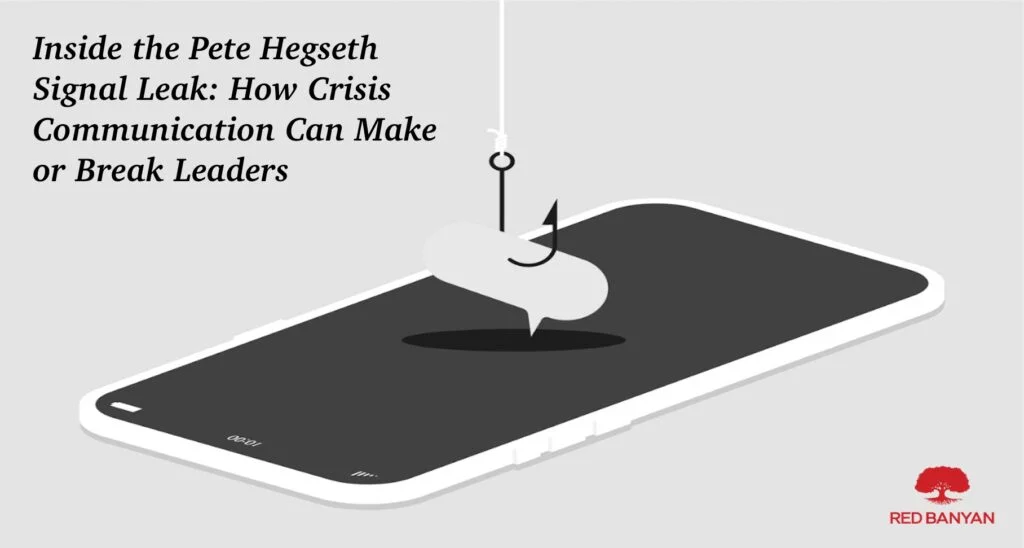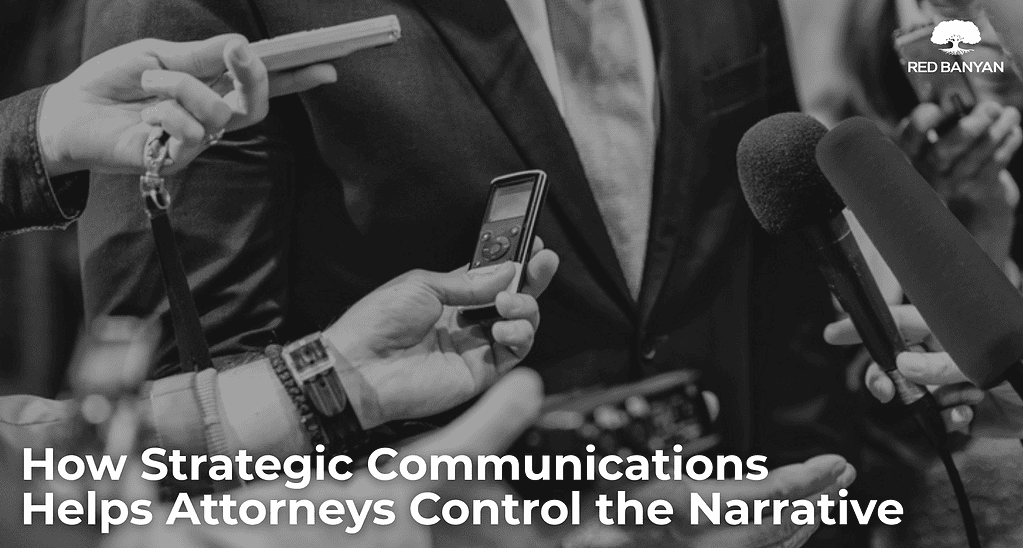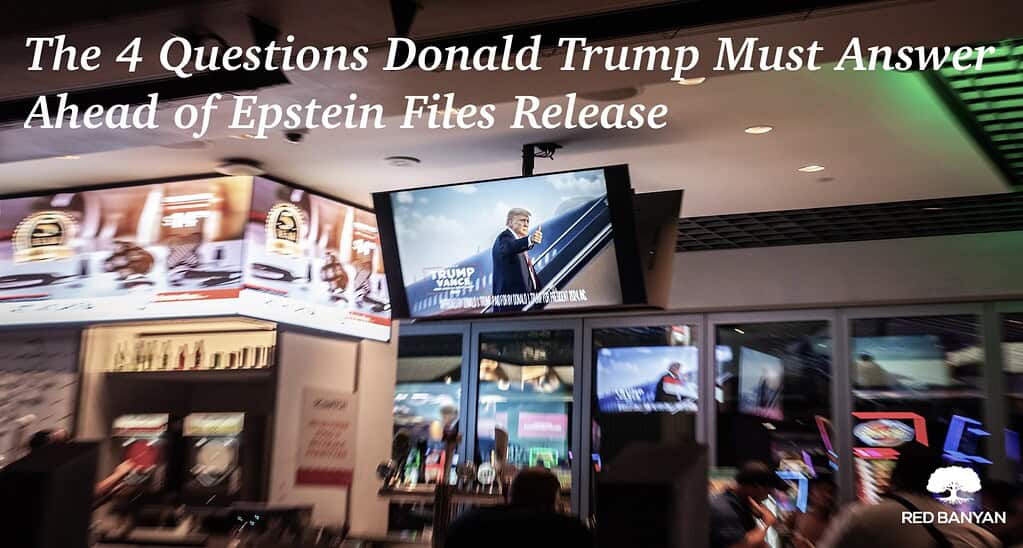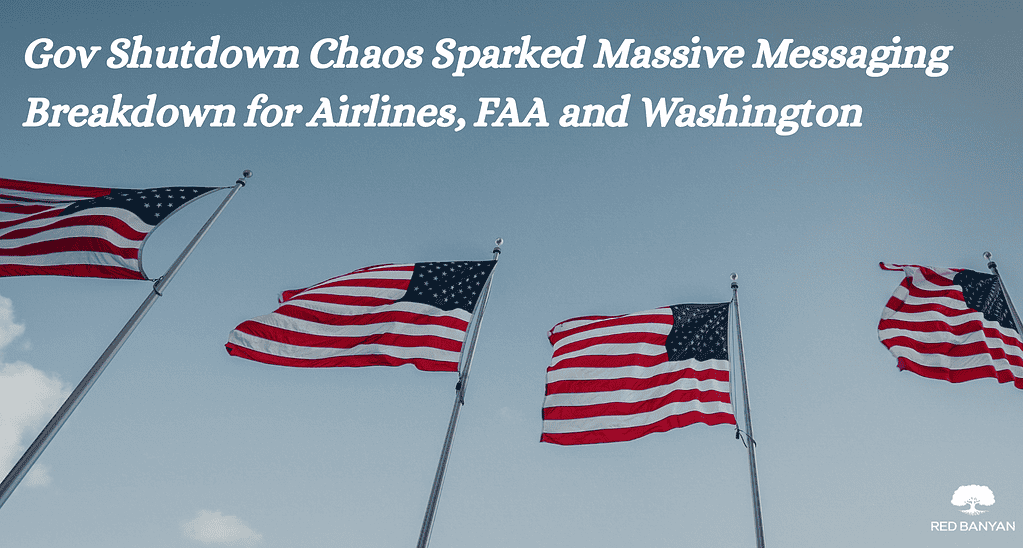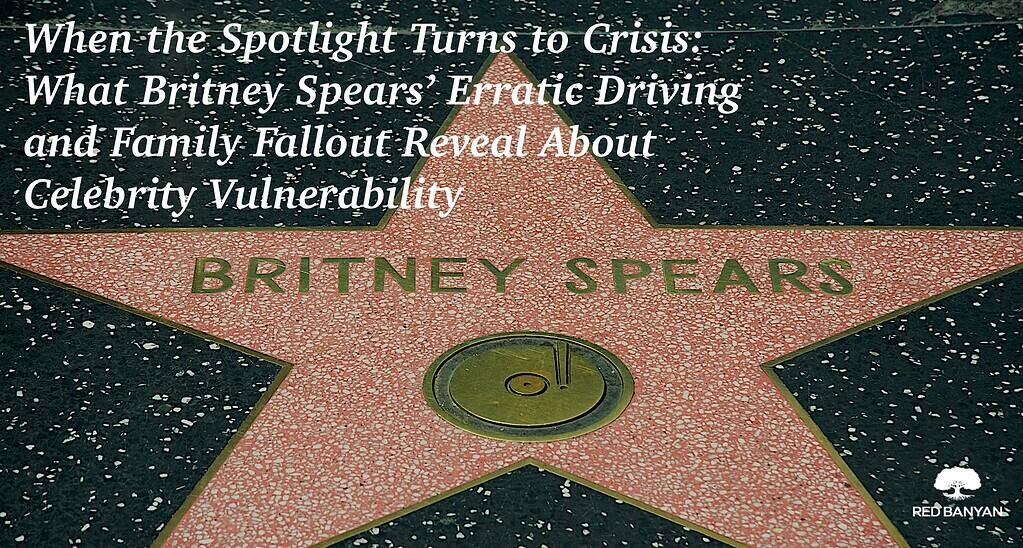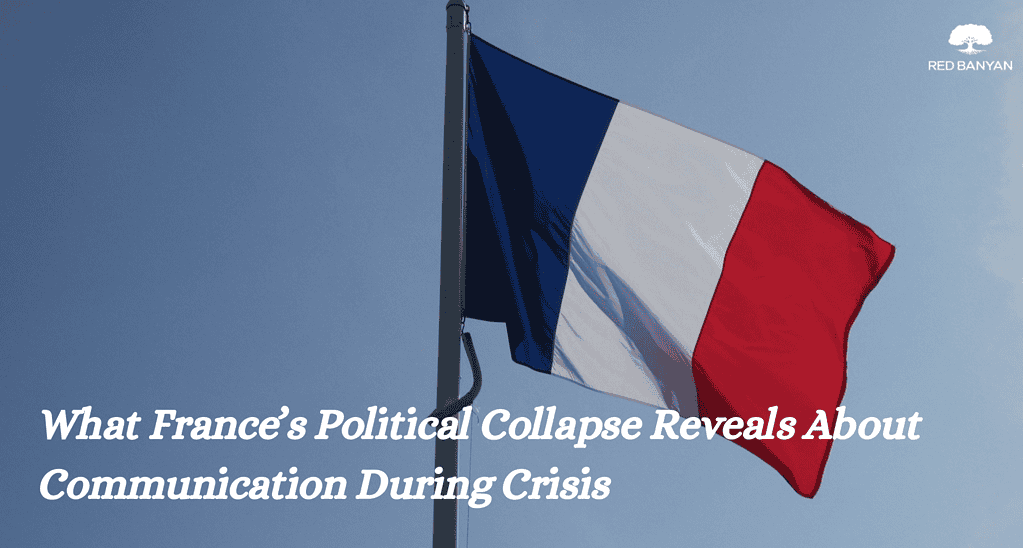On Monday, March 24, 2025, The Atlantic revealed that U.S. Secretary of Defense Pete Hegseth—a former Fox News host—and other senior administration officials mistakenly added its Editor-in-Chief, Jeffrey Goldberg, to a private Signal chat containing sensitive military details.
The chat, titled “Houthi PC small group,” inadvertently exposed live details about impending U.S. airstrikes targeting Yemen’s Houthi rebels, including exact timing, aircraft types, and weaponry. Accidentally leaking classified plans to a journalist ignited a serious national security crisis, placing intense pressure on the Trump administration’s communication strategy.
Why the Hegseth Signal Leak Raises Serious National Security Concerns
Most PR crises primarily threaten organizational reputations. However, leaks involving sensitive military operations carry broader implications. Even if immediate operational harm or threats to lives are avoided, unauthorized disclosures expose vulnerabilities in internal processes, undermine public confidence, and can complicate diplomatic relations and national security strategy.
Strong, disciplined crisis communications—particularly concerning classified or sensitive information—isn’t optional; it’s essential for protecting national security credibility and maintaining public trust.
Breaking Down the Trump Administration’s Crisis Response (and Why it Matters)
Here’s how the administration reacted—and how mixed messages amplified the crisis:
- Defense Secretary Hegseth initially deflected: “Nobody was texting war plans. That’s all I will say.”
- President Trump quickly clarified: “It wasn’t classified information.”
- CIA Director John Ratcliffe shifted accountability during a Senate hearing, stating classification determination was Hegseth’s responsibility.
- National Security Adviser Mike Waltz tweeted defensively: “No locations. No sources & methods. NO WAR PLANS.”
- The National Security Council announced an investigation into Goldberg’s unintended addition to the chat.
- White House Press Secretary Karoline Leavitt later admitted the incident was a mistake but reaffirmed support for Hegseth.
Conflicting statements underscore a crucial lesson: unified messaging is the cornerstone of effective crisis management.
Effective Crisis Strategies for Managing Classified Information Leaks
Crisis scenarios involving classified leaks demand immediate transparency, rapid accountability, and flawless internal coordination. Delayed responses, contradictory messaging, or vague statements prolong crises and erode public trust.
Classified Information Leak Response: A Rapid-Action Checklist
- Quickly acknowledge facts, clearly and transparently.
- Establish unified and disciplined messaging immediately.
- Define and enforce communication protocols clearly and swiftly.
- Publicly communicate corrective actions to rebuild trust.
- Actively monitor media and public sentiment—manage misinformation promptly.
Rebuilding Credibility After a Crisis: The Path Forward for Organizations
Moving past classified information crises involves decisive action, not empty promises. Organizations should immediately restrict sensitive communications exclusively to secure channels—never commercial apps. Internal policies must be strengthened proactively. Transparent internal reviews followed by clear, public statements detailing corrective actions rebuild organizational credibility and trust.
Final Lesson from the Signal Leak: Strategic Communication Protects Your Organization and National Security
This leak demonstrates a fundamental truth: disciplined, strategic crisis communication isn’t just about managing PR—it directly impacts national security. Leaders and organizations must consistently uphold rigorous communication standards, act decisively when breaches occur, and proactively rebuild stakeholder trust.
Is Your Organization Crisis-Ready?
Crisis communication is a specialized skill—especially in high-stakes scenarios. Red Banyan specializes in preparing leaders and organizations to respond effectively to complex crises. Contact us now to strengthen your organization’s readiness and ensure disciplined, responsive communication when it matters most.

